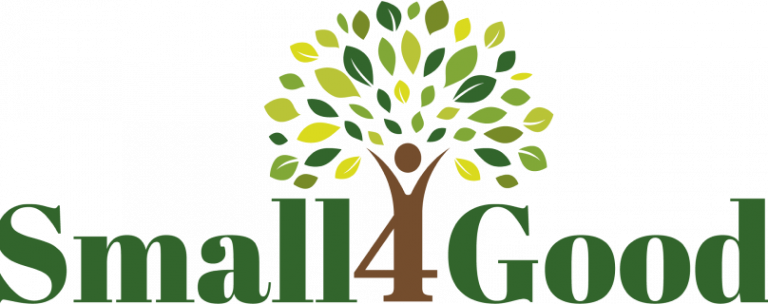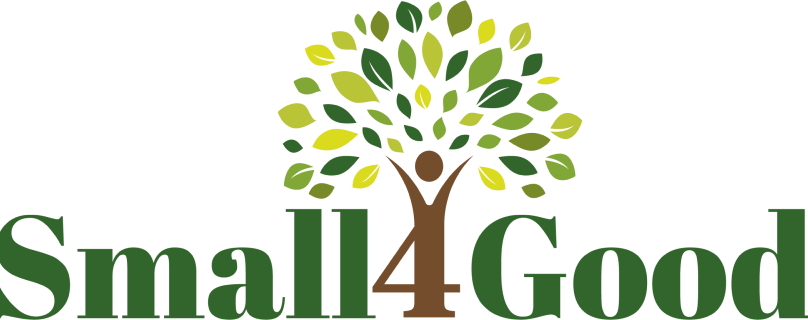Located in the temperate forests of Brașov County, Romania, LL East focuses on empowering small-scale forest owners. The area encompasses a rich diversity of forest types, from lowland oak and beech woodlands to high-altitude spruce and alpine juniper forests in the Carpathian Mountains.
Small forest owners in this region often face significant challenges: fragmented land holdings, limited forest management knowledge, complex and restrictive regulations, and inconsistent or inadequate compensation mechanisms. These issues, along with broader economic pressures, discourage active engagement in sustainable forestry practices.
LL East aims to change this by testing how forest management can be supported through Payment for Ecosystem Services (PES) schemes, within the constraints of the current regulatory framework. The initiative also explores innovative technologies, machinery, and business models to enable more balanced and efficient forest use at a small scale.
A key goal is to foster cooperation among small landowners, simplify administrative processes, provide training in sustainable practices, and implement fair and motivating support systems. In doing so, LL East works towards a more empowered and committed community of forest owners, ensuring long-term forest conservation, sustainable resource use, and resilience across Romania’s forest landscapes.
Properties

LL East consists of five properties, which vary greatly in size and tree species.
PROPERTY 1: Cobor Forest, a sessile-oak dominated stand
Property 1 is a naturally growing forest area located in Cobor Forest, Brașov County, Romania. The forest is mainly made up of sessile oak trees, which appear in two main size groups. Most of the trees are around 80 years old.
In addition to sessile oak, there are smaller numbers of other tree types such as hornbeam, beech, and lime. The forest covers about 20 hectares and is divided into two separate sections. It is regularly monitored using advanced scanning technology that helps track changes and manage the forest more effectively.
The land is flat and has rich soils that are common in hilly regions where oak forests grow well. The forest is in good shape, thanks to regular care such as selective tree removal and the creation of paths for easier access.
The area is owned by several small landowners. The largest section, about 6 hectares, belongs to a 50-year-old man who works as a forester. This reflects the typical pattern in the region, where forests are divided among many individuals, often with small plots of land.
PROPERTY 2: Teliu Forest, common ownership association
Property 2 is part of a large forest area owned by a community association in Teliu, covering about 1,200 hectares and divided into many smaller plots. It includes a mix of mostly natural forest stands with trees of different ages and sizes, ranging from young to mature. The forest is made up of a wide variety of species, including beech, spruce, pine, oak, larch, and hornbeam.
For research and monitoring, three subareas have been selected within this forest: Teliu Norway Spruce and Beech Forest, Teliu Mixed Forest, and Teliu Mixed Forest 2. The Teliu Norway Spruce and Beech Forest is characterised by a natural mix of mainly beech and Norway spruce trees. The Teliu Mixed Forest is highly diverse, containing species such as beech, spruce, larch, hornbeam, oak, pine, and others like maple, alder, birch, poplar, cherry, willow, and rowan. Teliu Mixed Forest 2 also includes a variety of species, with beech, hornbeam, oaks, and pines being the most common. All three areas contain trees of varying ages and are regularly monitored using advanced scanning technology to gather detailed information.
The land features both flat and hilly terrain, with rich soils that support healthy forest development. The forest is well maintained through planting, selective thinning, and the creation of access paths, ensuring sustainable use and long-term care.
PROPERTY 3: Lempeş Forest, common ownership association
Property 3 is a large and varied forest area covering around 200 hectares, made up of many smaller parcels. The forest includes a mix of mostly naturally growing tree stands, with a wide range of tree sizes and ages—from very young to mature trees. This area is managed for long-term growth and sustainability.
The forest is rich in different tree species, with beech, pines, oaks, and hornbeam being some of the most common. The land itself is very diverse, with areas that are flat as well as parts that are steep, offering a wide range of forest conditions.
The entire forest is carefully monitored using advanced scanning technology, which has recorded detailed information on more than 98,000 trees. The forest is in good condition thanks to ongoing maintenance.
Ownership of the land belongs to the local community, which helps ensure the forest is managed with shared responsibility and interest in its long-term health and benefits.
Forest owners characteristics
There are a total of 5,000 forest owners across the five properties of LL East, 90% of whom are private individuals. The average forest holding is very small, and the parcels are highly fragmented.
Project partners and stakeholders of LL East have identified five relevant typologies of forest owners that reflect how they perceive and manage their forests today. The personification of these 5 types of forest owner typologies, through avatars, are:
- The villager. These owners are villagers dependent on their forests, living in an isolated village in the countryside.
- The city-dwelling heir. Owners who have inherited a privately-owned forest, yet they live a corporate life in the city.
- Forest owners’ association member. They are members of a forest owner’s association and members of the rural community.
- Owner in natural protected areas. Forest owners who found themselves stuck in a natural protected area in a mountain village.
- Forest entrepreneur. They are small entrepreneurs from a mountain village.
















































